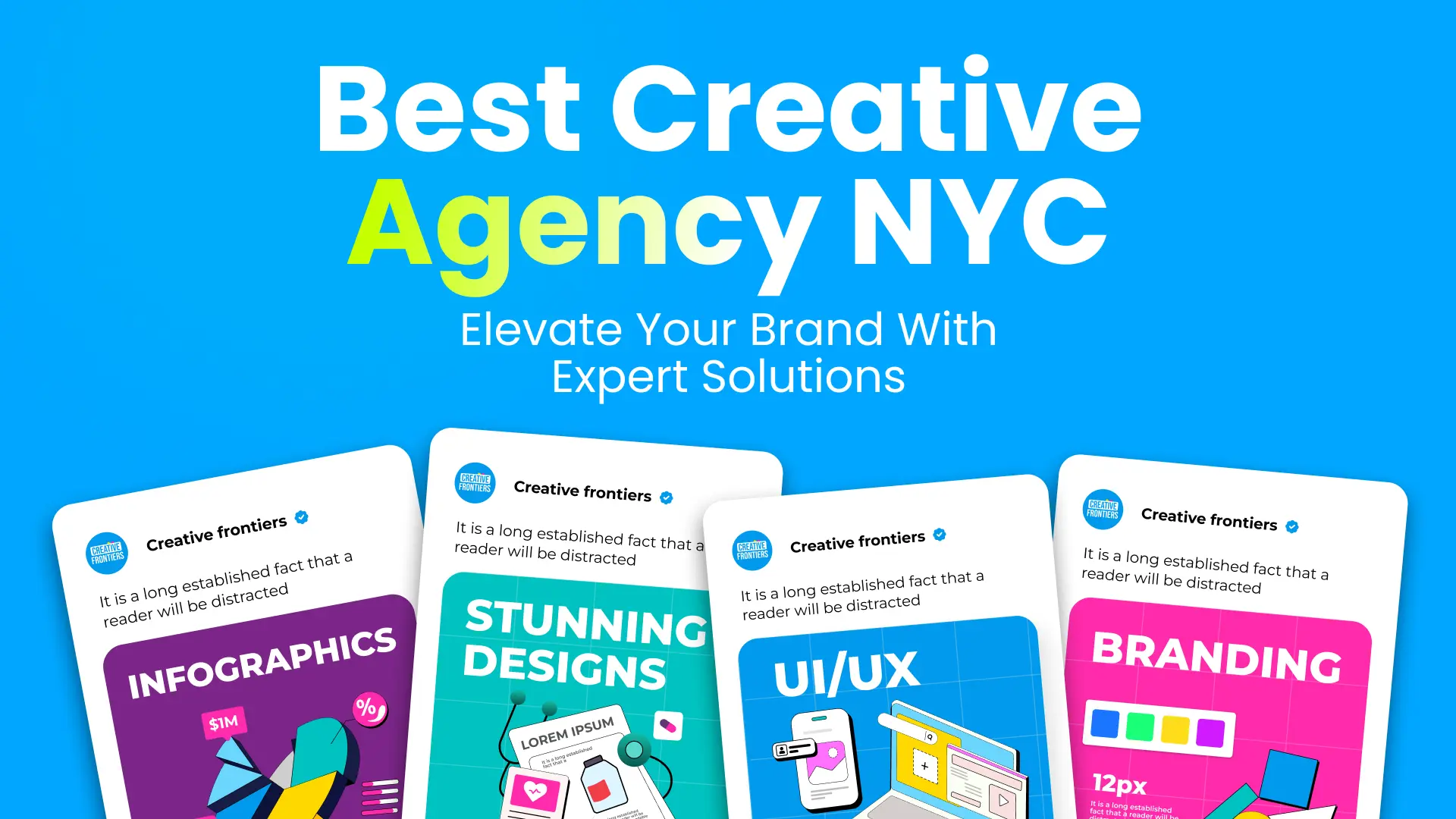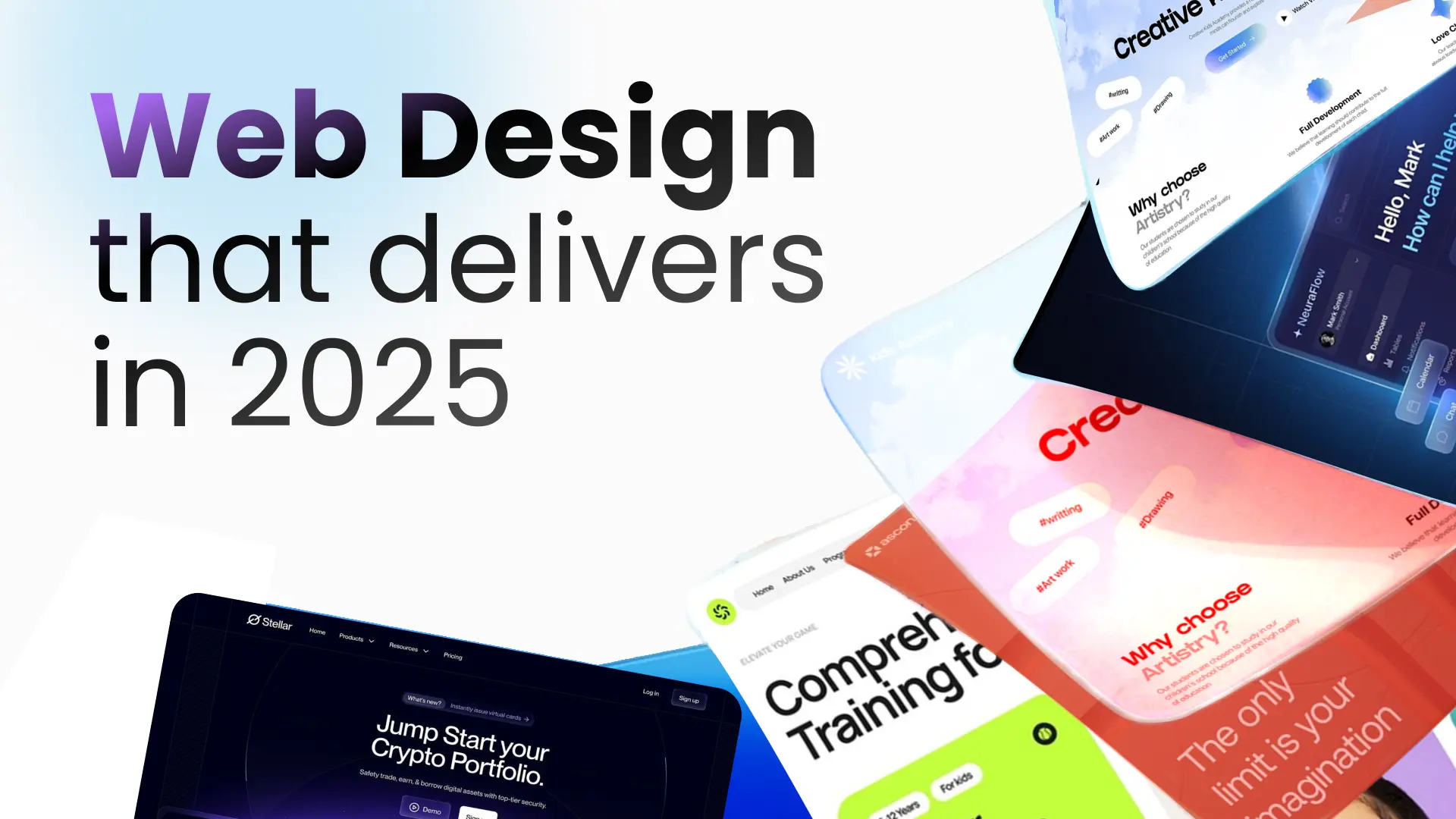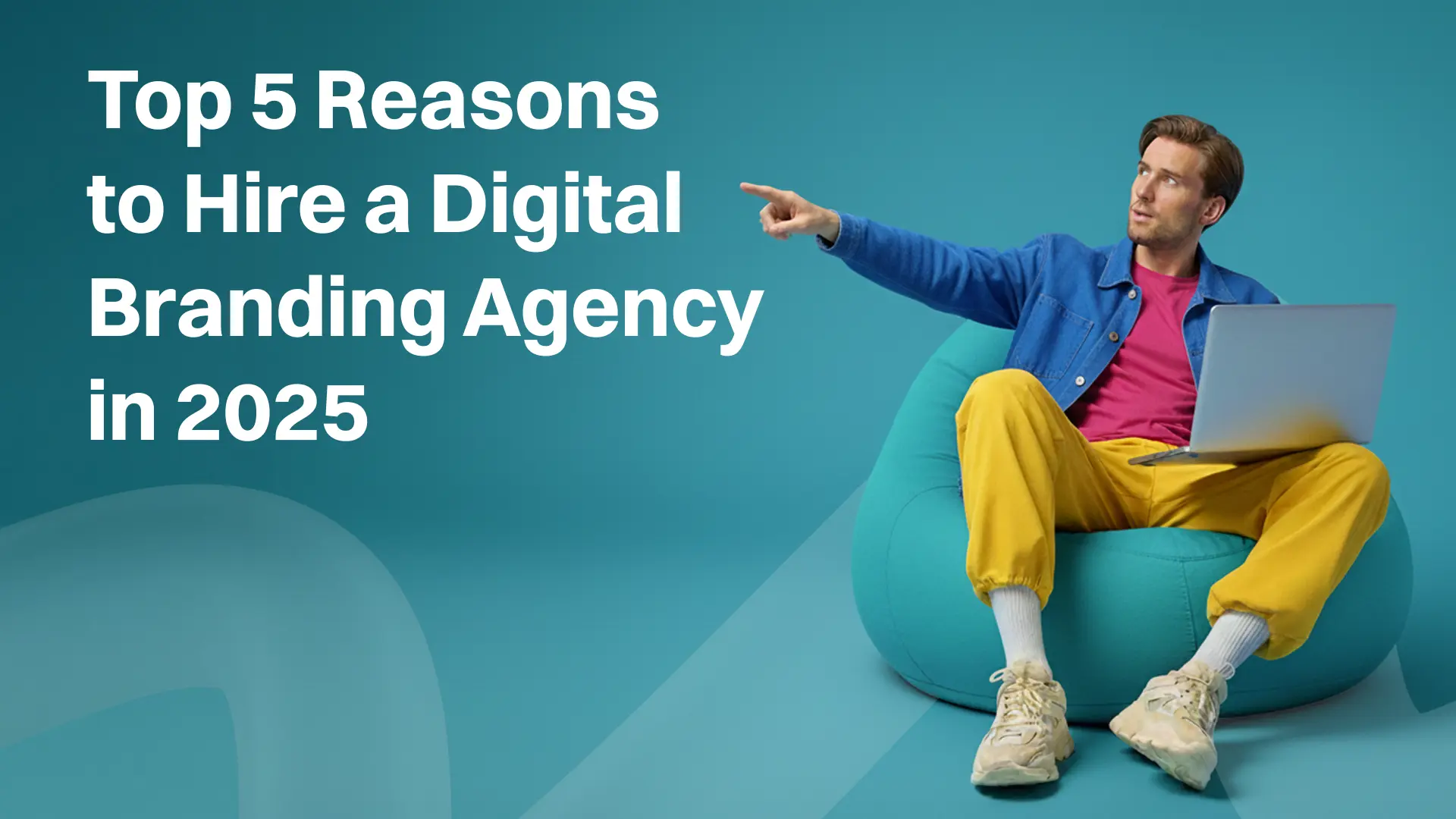
AI Marketing Strategies to Elevate Your Business in 2025
Digital Marketing
July 7, 2025
8
minutes

About the project
It is a long established fact that a reader will be distracted by the readable content of a page when looking at its layout. The point of using Lorem Ipsum is that it has a more-or-less normal distribution of letters, as opposed to using 'Content here, content here', making it look like readable English.
Video styles
Industries
Services
Our involvement
Storyboarding
Commercial Production
Dedicated Project Manager
Dedicated Project Manager
Dedicated Project Manager
Typically takes 15 minutes
TL;DR
AI marketing brings speed, scale, and personalization. Creative-first strategies drive emotion, originality, and deep human connection. But the most forward-looking brands adopt a hybrid mindset, where data powers decision-making, and creativity powers differentiation.
With the rise of generative AI, natural language processing, and predictive analytics, the marketing stack has evolved to support strategic thinking, content creation tools, and actionable insights across campaigns.
As marketing professionals increasingly analyze data, optimize marketing programs, deliver personalized content, and leverage AI marketing platforms, the need for a balanced approach has never been more pressing.

The New Tension in Marketing
AI has rapidly changed the rules of engagement in modern marketing and advertising. From predictive content generation to hyper-personalized customer journeys, AI-first tools promise efficiency, speed, and scale. Whether automating routine tasks or generating content for social media posts, AI marketing tools now influence nearly every touchpoint, from Google Ads to e-commerce stores.

Yet, as machines dominate tactical execution, marketers are faced with a tough question: what happens to originality, intuition, and emotion?
This isn’t a philosophical debate, it’s a strategic one. Do you lean into automation and algorithmic accuracy, or double down on the irrational magic of creativity? Or better yet, is there a model that leverages the best of both worlds?
In this piece, we’ll define what it really means to be AI-first or creative-first, examine where these approaches clash or complement each other, and explore how innovative brands are designing hybrid systems that preserve soul without sacrificing scale.
Defining AI-First in Marketing: Automation as the Default
To be AI-first isn’t just about using artificial intelligence.
It’s about designing marketing systems around AI capabilities from the ground up. These systems are structured to make decisions quickly, using real-time data, machine learning, and customer data to guide everything from marketing analytics to dynamic ad campaigns placement. For many marketing teams, AI adoption is now a critical driver of performance and scalability.
AI-first teams ask:
- What can be automated?
- What can be scaled instantly?
- Where can algorithms outperform intuition?
This approach excels in automating routine tasks like email marketing, optimizing the marketing workflow, and delivering accurate insights through AI-powered tools.
It enables marketing professionals to analyze historical data and customer feedback to create personalized campaigns that improve customer engagement and satisfaction. Now, AI systems are increasingly central to content marketing, marketing software, digital marketing, and data practices that ensure efficiency and consistency.
Why it matters: Brands that adopt AI-first systems unlock efficiency and personalization at scale. But they risk commodifying creativity if not checked by human oversight.
“Software is eating the world. AI is just the next course.” — Marc Andreessen
What It Means to Be Creative-First? Story Before System
A creative-first approach prioritizes idea-led strategy, cultural relevance, and human intuition. These teams build marketing content and campaigns around narrative, tone, and originality, often outside of rigid AI-driven frameworks.
Creative thinking fuels social media campaigns, experiential marketing, and the kind of emotional storytelling that resonates across platforms.
Creative-first marketers ask:
- What story are we telling?
- What emotion are we trying to evoke?
- What does the audience need to feel, not just do?
While these campaigns may not always win the efficiency game, they often build stronger brand voice, emotional depth, and long-term trust. Creative-first marketing leaders emphasize originality in content marketing, customer insights, and brand loyalty across diverse marketing channels.
Marketers must balance AI-powered tools' capabilities with the imaginative powers. With the rise of omnichannel marketing goals, it has become important to find the sweet balance, now more than ever.
Why it matters: In an attention-fragmented world, originality and authenticity still cut through. Creative-first campaigns offer something AI can’t yet replicate, deep emotional resonance.
“You can’t code creativity. And you can’t program publishing. And quality definitely trumps quantity. Always has. Always will.” — Ann Handley
AI vs Creative-First: Strengths, Limits, and Trade-offs
Here’s where things get interesting, not every marketing objective is served by one approach. Use this table as a strategic lens:
| Marketing Need | AI-First Advantage | Creative-First Advantage |
|---|---|---|
| Performance (CTR, ROI) | Optimized in real time | May underperform short-term |
| Brand Affinity | Personalization at scale | Emotional depth, storytelling |
| Production Speed | Immediate, repeatable | Slower, handcrafted |
| Novelty & Risk-Taking | Risk-averse, data-led | Risk-embracing, idea-led |
| Consistency | High | Variable (team dependent) |
| Contextual Creativity | Often lacks nuance | Designed for cultural context |
Decision point: The more your campaign needs speed, scale, or testing, the more you lean AI-first. The more it needs cultural depth or transformation, the more you lean creative-first. Many business leaders and marketing leaders now view AI integration as essential for maintaining competitive advantage and analyzing data across marketing channels.
False Binaries: Why It’s Not Either/Or
The real power lies not in choosing sides, but in designing a marketing engine where AI and creativity amplify each other. With the help of AI platforms, marketing technologies, and new AI tools, marketing teams can create hybrid strategies that optimize cost savings and implement AI responsibly.
AI can detect customer behavior patterns, forecast engagement windows, and generate AI-generated content in seconds. It can improve the quality of consumer data, ensure proper security measures, automate tasks, and help marketers struggle less with scale. These AI capabilities allow marketing tasks to be streamlined and turned into scalable processes.
Forward-looking teams use marketing software, digital marketing strategies, and conversational marketing techniques to automate routine tasks, deliver accurate insights, and ensure brand consistency. Leveraging AI enables them to enhance the marketing stack, improve customer satisfaction, and stay agile across campaigns.
“AI won’t replace creators. It will eliminate the friction between idea and execution.” — Scott Belsky (Chief Strategy Officer, Adobe)
“We’re not replacing creativity with AI. We’re amplifying it.” — David Droga (CEO, Accenture Song)
Case Studies — Proof in Practice
Let's look at some of the leading organizations that have combined AI solutions, creativity, and marketing effectively:
Spotify’s AI DJ – Blending AI with a Human Touch

Spotify’s AI DJ is a powerful case of AI integration. Using machine learning and natural language processing, it curates music with commentary in a voice that mimics human personality. It’s AI-powered, yet emotionally resonant. This type of generative AI enhances user experience while preserving creativity.
Heinz x DALL·E – Using AI to Reinforce Brand Identity

When Heinz asked the AI tool DALL·E to draw “ketchup,” the results consistently resembled the Heinz bottle. The campaign creatively showcased the power of brand recognition using AI-generated content, melding human concept creation with machine execution.
Netflix – Data-Driven Personalization Meets Creative Storytelling

Netflix uses AI for personalized recommendations and thumbnail optimization based on user behavior. But it still relies on human-driven storytelling for its original content, like "Stranger Things" and "Beef." The synergy of AI analytics with creative development allows Netflix to win both hearts and eyeballs.
LEGO – Playful Creativity Reinforced by Data

LEGO’s marketing combines deep human insight with behavioral data. Its campaigns—like 'Rebuild the World'—lean heavily into emotion, nostalgia, and imagination while still being informed by audience segmentation, customer behavior, and social listening. Rather than automating creativity, LEGO uses data as a compass to tell timeless, human-centric stories.
“Not everything that can be counted counts, and not everything that counts can be counted.” — William Bruce Cameron
Key Insight: The best marketing campaigns of the future will use AI for scale and personalization, while keeping creative teams in charge of brand purpose and emotional engagement.
A Framework for Hybrid Marketing Teams
To operationalize a hybrid marketing strategy, teams must align technology with talent. Here’s a step-by-step structure:
1. Define the Problem Creatively
Start with insight. What human tension or cultural truth is your campaign addressing? Ground every marketing initiative in a story, not just a signal. AI is here to say and with that, many of us are finding creative ways to answer the pertinent question: how to humanize AI content?
As long as you can contextualize the content within the human experience, you can definitely break through the redundancy of generative AI.
2. Identify Where AI Can Accelerate Execution
Use AI-powered tools to reduce friction.
This includes automating tasks, content testing, SEO (search engine optimization), analyzing data, and generating scalable variations of ads.
3. Design Guardrails to Protect Brand Voice
Train AI systems with your brand’s tone, values, and ethical boundaries. AI must generate within a creative framework, not outside of it. Especially in your creative work, you will have to train the system to follow your guidelines.
Whether it is the font, color palette, or other branding details, you need to ensure that the AI is trained to follow the distinct identity.
4. Cross-Train Teams on Data and Story
Modern marketing teams should know how to read data analysis dashboards and tell a story. Hybrid fluency is the new competitive advantage. It is not sufficient anymore to read auto-generated information because with so many platforms, disjointed information does not lead to fruitful analysis. Data quality is critical for improved performance.
5. Implement Feedback Loops
Use customer insights, campaign results, and social media feedback to refine both AI models and creative direction. Leverage analytics without losing creative intuition. This might sound like a setback because if you have to keep iterating, what's the point of automating?
But that’s exactly the point: automation isn’t the end goal, it’s the starting line. The real power lies in using automation to free up time and cognitive space so creatives can focus on what they do best, experimenting, storytelling, and building emotional connections. Iteration isn’t a flaw; it’s the engine of relevance.
Lead with Creativity, Accelerate with AI
In the era of AI-powered marketing, creativity remains the ultimate differentiator. But scale, speed, and precision matter more than ever.
Rather than debating AI-first vs creative-first, marketing leaders should be asking: How do we build marketing systems that do both?
The future belongs to brands that recognize when it's time for a brand redesign.
- Automate with AI technology
- Create with purpose
- Optimize marketing efforts without losing their soul
- Balance performance marketing with long-term brand equity
At its best, AI in marketing isn’t about replacing humans—it’s about giving creatives more time to do what only they can. And that’s where true marketing magic lies.
How Creative Frontiers Does It
At Creative Frontiers, we don’t believe in choosing between AI-first and creative-first. We are building a future where the two work hand in hand. Our approach blends storytelling, strategic thinking, and cutting-edge AI tools to help brands create marketing that performs and resonates.
We use machine learning and automation to streamline content marketing services, campaign management, analyze customer data, and generate actionable insights. But we always lead with bold ideas and emotional intelligence, fueling everything from video content and branding to interactive e-learning experiences.

Whether we’re crafting social media campaigns or designing AI-integrated customer journeys, our team ensures your marketing stack is not only efficient but unforgettable. If you're looking to merge creativity with technology, Creative Frontiers is the right partner for you!



%20%2B%2010%20(For%20EEI).png)

.png)





